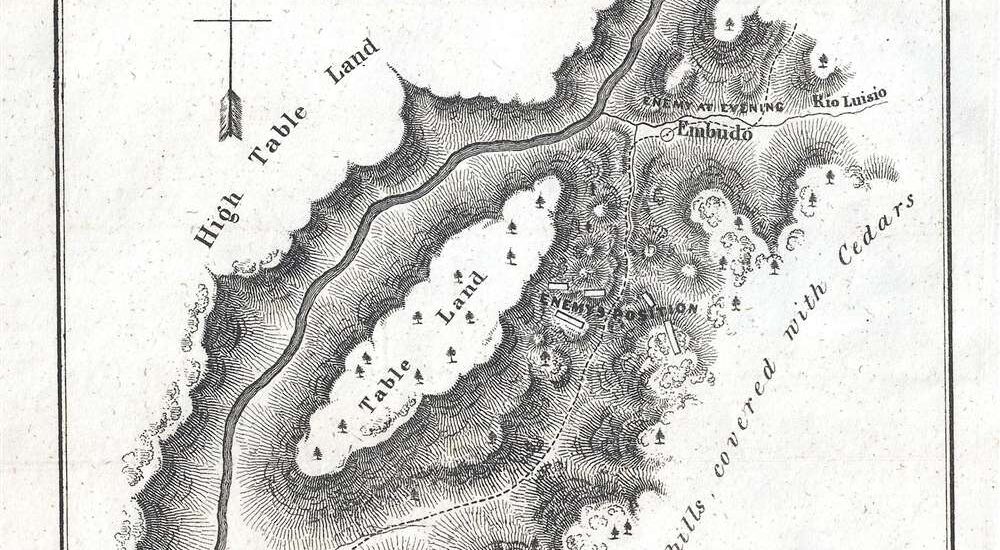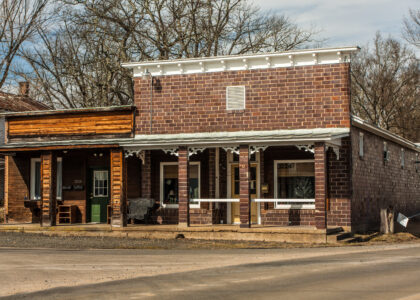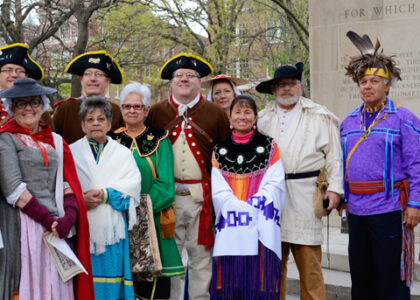In the heart of the rugged Taos County, New Mexico, lies Embudo Pass, a place that played a pivotal role during the Mexican-American War in 1847. Imagine the scene: the crisp mountain air, the rugged terrain, and the tension of a battle about to unfold. It was here, on January 29, 1847, that the Battle of Embudo Pass took place—a skirmish that would mark a significant moment in the United States’ westward expansion.
The battle was a part of the larger Taos Revolt, an uprising by the Puebloans and Mexicans against the U.S. military occupation following the Treaty of Guadalupe Hidalgo. As the sun rose over the snow-dusted mountains, Colonel Sterling Price led his U.S. troops through the narrow pass, determined to quash the insurrection. The rebels, composed of Pueblo and Hispanic forces led by Captain Pablo Montoya and insurgent leader Tomas Romero, were ready to defend their home with every ounce of their courage.
The terrain of Embudo Pass was both a blessing and a curse. Its narrow path made it a natural bottleneck, perfect for an ambush. The defenders took advantage of this, using the rocks and sparse foliage as cover. But Price, a seasoned military leader, anticipated their strategy. In a swift and decisive maneuver, he ordered his men to ascend the steep hillsides, outflanking the rebels and breaking their defensive line.
The battle was fierce but brief. Outgunned and outmaneuvered, the insurgents ultimately retreated, leaving behind their stronghold. This victory was crucial for the U.S. forces as it paved the way for the capture of Taos and quelled much of the local resistance. It was a turning point that underscored the strategic importance of controlling New Mexico in the broader context of the Mexican-American War.
Today, the area may seem peaceful and serene, but its rocky paths once echoed with the sounds of muskets and the cries of battle. The legacy of the Battle of Embudo Pass is a testament to the complex history of the American Southwest—a history marked by conflict, resilience, and the unyielding spirit of those who fought to protect their land.
As you stand here, perhaps with the wind whispering through the canyon, you are not just a visitor; you are a witness to history. This place, once a battleground, now serves as a reminder of the past struggles and the ongoing story of a nation still coming to terms with its multifaceted heritage.





